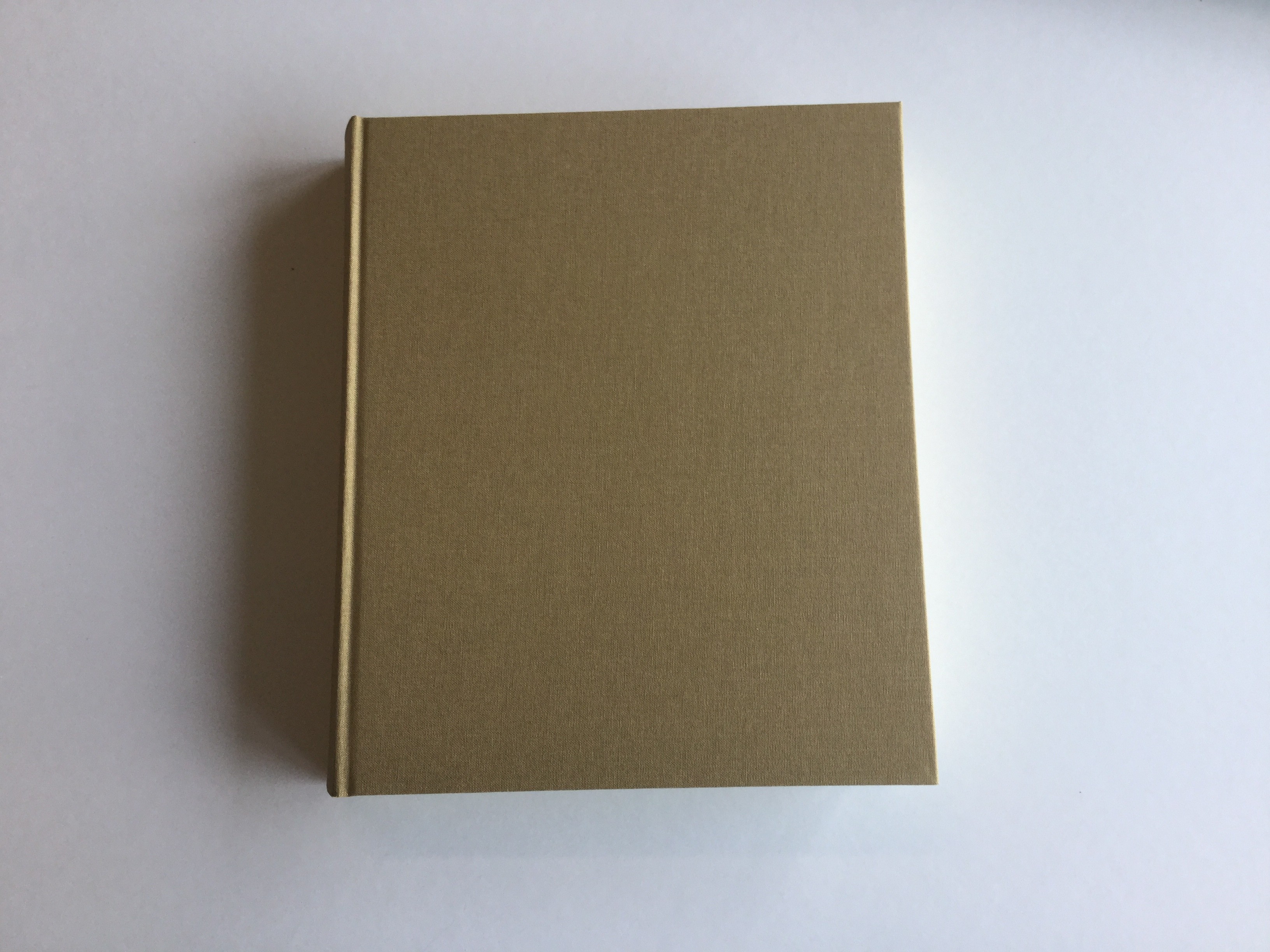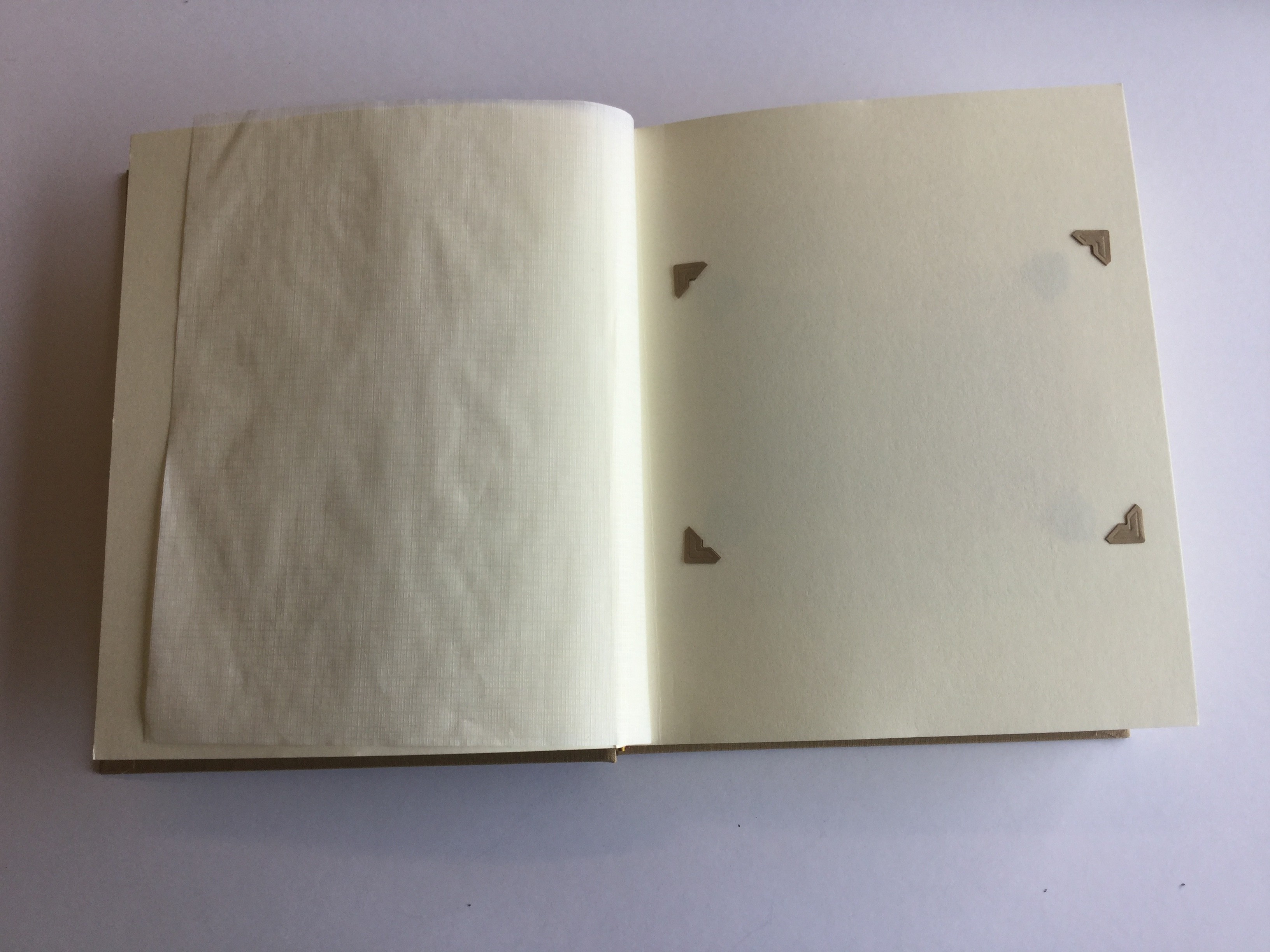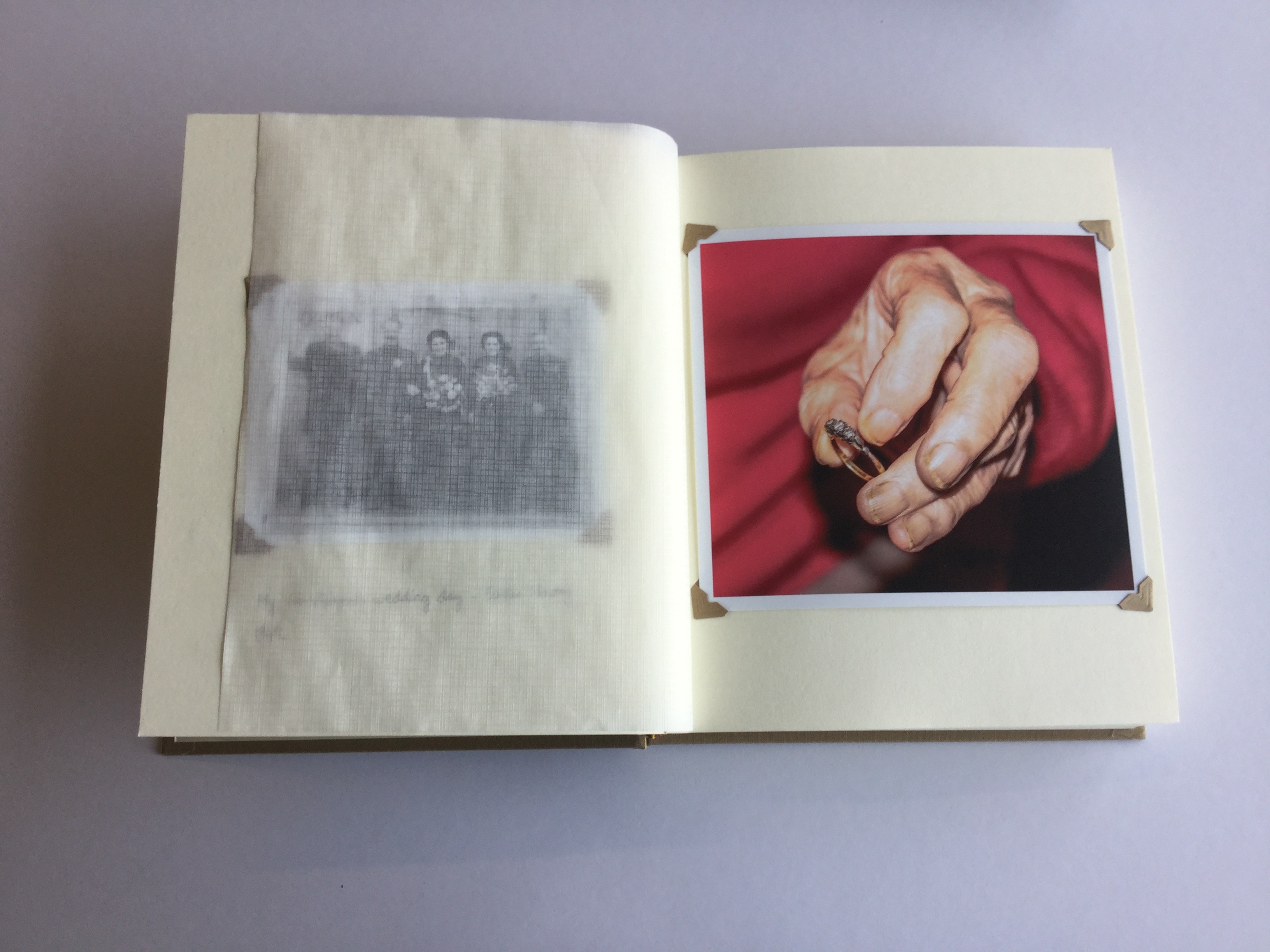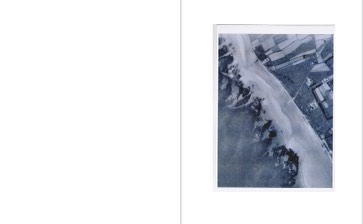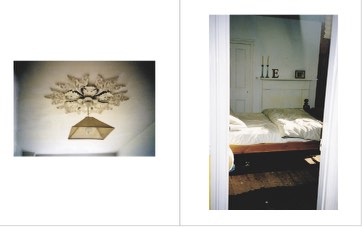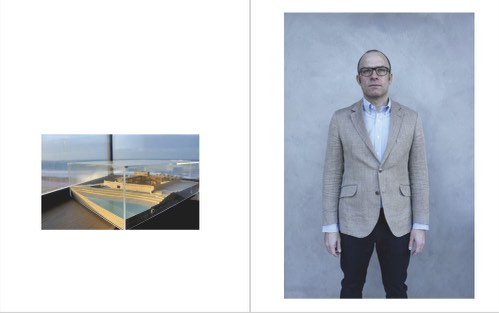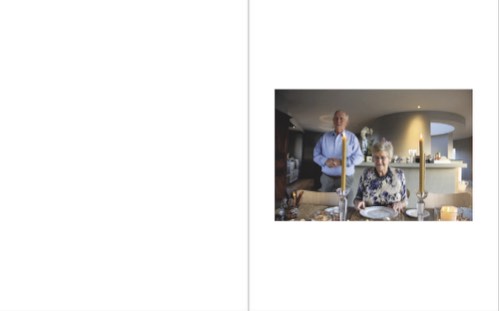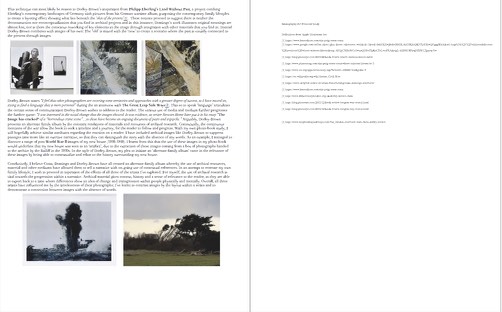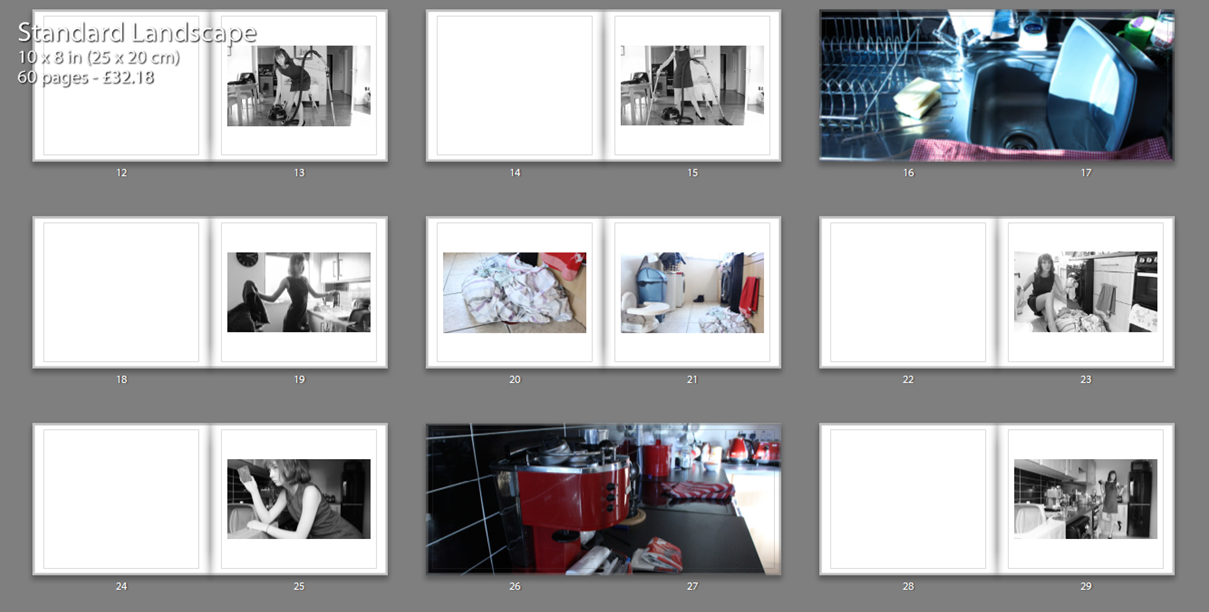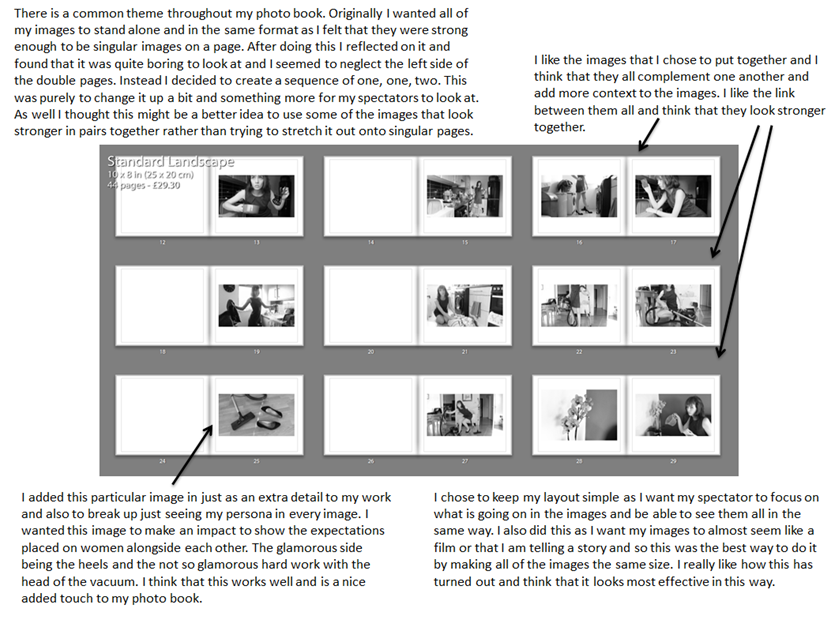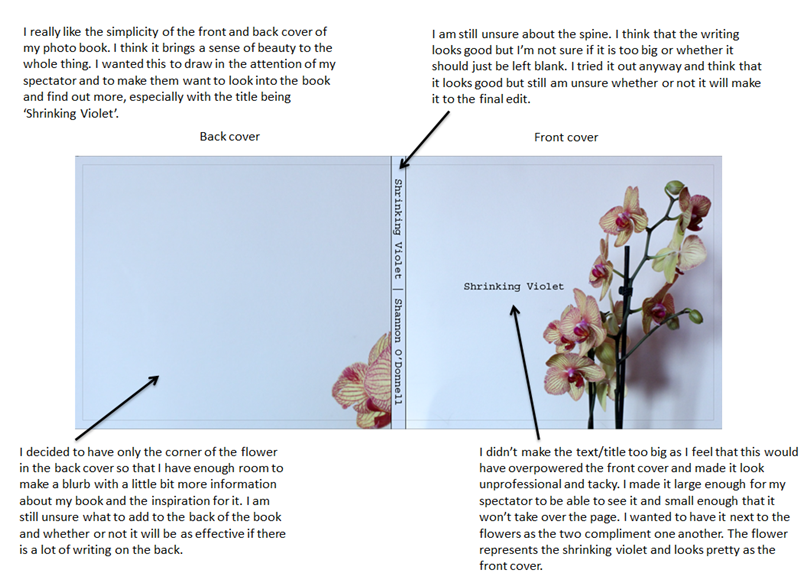How do Larry Sultan and Sam Harris’ photographs of their family represent the concept of Love?
Larry Sultan and Sam Harris are two photographers who work with the theme of family. Larry Sultan’s ‘Pictures from Home’ captures his mother and father in their home of California over a decade. The work captures their love for one another as well as their lifestyle. This photographer has been a main inspiration to my work, as I also photographed my grandparents in their home and tried to incorporate all of the important things in their lives into the project. Sam Harris’ ‘The Middle of Somewhere’ is an on going family journal, showing the family’s travels through Australia and his two daughters growing up. This photographers main inspiration to me was his design of photo book and the styles of images that he took. Although these two photographers present very different types of work, both are very relatable. Throughout this essay I am going to explore how Harris and Sultan’s photographs represent the concept of love. I will then be showing the way I have tried to include my Grandparents Love for each other and their surrounding into my project.
Photographing family members has always been a typical subject for a photographer to photograph. ‘From the beginning, amateur and professionals practised lighting techniques and rehearsed stances using members of the family.’ ( Hattersley-Smith.K 2006:457) Although the style of photography has developed over the years and has been explored, the theme of taking images of your family has remained the same. I think this is because when the photographer feels comfortable with their subject they feel more comfortable spending time perfecting the image.
Larry Sultan uses his hometown of California’s San Fernando Valley as his main source of inspiration for a number of his projects. One of my favourite collections of his called ‘Pictures From Home” was a 10 year long project where he photographed his mother and father in their suburban life. Sultan was able to photograph both portrait and landscape photographs which captured his parents retired lifestyle and their loving relationship. Sultan has selected a range of photographs containing intimate portraits, still life images from around their home and action shots of them doing their everyday activities; such as hoovering the lounge, watching the TV and reading the news paper. Overall the project portrays a happy retired couple that are living comfortably in their home. Because the majority of the photographs contain both his mother and his father, I get the impression that they do almost everything together. I really enjoyed looking through this collection of photographs because I thought he captured not only the strong love between his mother and father, but also their strong individual characters.These photographs are accompanied by quotes from his parents, which I think really makes the collection come to life.
One of my favourite photographs from this collection is the portrait of both his mother and father seen below. It looks like it has been taken in a dark room with only a leak of light illuminating the main view point of the image, his parents faces. The lighting of this photograph has been adjusted to draw the viewers eye into the centre of the image, making the background and the edges significantly darker than the centre. The photograph has a tinge of yellow/orange which takes away the harsh contrasting colours making it more gentle to match the theme of the image. The father is the main focus of this portrait because you can see the whole of his face, and which also contains intricate details for the viewer to engage with; such as the position and the shape of his hand, which is clasped over his mouth and the watch that is attached to his arm. Because the father is the dominant focus of the image, the views eye is firstly drawn to him. The horizontal lines on his shirt act as leading lines taking the viewers eyes over to his wife, who is hugging his shoulder. The reason I like this photograph is because it is the first image in the collection we see the couple being physically intimate. The other photographs present the activities the couple get up to during their day, where as this photograph presents the love they have for one another.
His father is wearing a pair of glasses, which he is not wearing in any other photograph. His mother has her two arms around him with her head is resting on his shoulder. The photo shows the couple relaxing and I think it was taken during the evening due to the dim lighting.

I think the collection ‘Pictures from home” reflects heavily what type of family the Sultans are. The photographs can be seen as a record of how the parents like to keep themselves busy since their retirement with activities such as, gardening, reading, swimming etc. The photos suggest that they seem to spend much of their time together and do not have much contact with friends or family. However it appears that they have a close relationship and feel comfortable being affectionate with each other whilst their son is taking photographs of them.
Sultan says ‘What drives me to continue this work is difficult to name. It has more to do with love than with sociology’ (- Larry Sultan -Roswell Angier, (2011), americansuburb.com)This says to me that, he really enjoys using his parents as his stimulus to work around as he has kept it as an open project which he kept working on for a decade. By working with his family it has enabled him to create a project which contains intimate details, such as the quotes, which adds to the character of the book.
The second photographer, Sam Harris, who also uses family as his inspiration created a family journal called ‘The Middle Of Somewhere’ which he kept of his children, Yali and Uma growing up in their remote home in the South West corner of Western Australia.
Harris’ photography career began in London when he was designing record covers. However when he found the world of documentary he started to create family journals. His first journal called ‘Postcards from Home’ was published in 2011 and tells the story of his family migrating from London to Australia. His latest book ‘The Middle of Somewhere’ is a follow on from his previous book and was published in 2015.
Harris explains in his ‘Video at home with Sam’ that ‘its the subject matter thats important and your connection to the subject matter is what’s really important. My subject matter is my family, particularly my daughters’. (- Sam Harris, http://samharrisphoto.com/633647/the-middle-of-somewhere/)
I think this quote supports Harris’s work because he is constantly taking pictures of his children whilst they are living their everyday lives. These images have a spontaneous feel to them which foreshadows the innocence and playfulness of his children,and which makes the journal easy and enjoyable to look through.
The composition of the journal was careful not to overexpose his children, and Harris ‘developed a way of leaving them a little ambiguous in pictures’ (The Telegraph, London 2015) such as their covering their faces when playing outside as a way of portraying what was going on in their everyday life, but at the same time providing a degree of anonymity. The book contains a wide variety of picture types; still life, landscape, portraits and action shots, but Harris also included every day things such as post-it notes stuck onto images with shopping lists on etc, which normalise his work and at the sometime keep the focus on everyday family life .
My favourite image in the collection which I think reflects the theme of ‘family’ the most is this image of one of his children crying to her mother. It is an action shot which is easily understood and relatable to most people.

The portrait has been cropped so the main focus is the girls face, which shows that she is in pain and distressed, as she has injured her mouth. The image contains lot of textures, the girls curly/wind swept hair which has blown over the majority of her face and the red stripes on the mothers t-shirt, which contrast with her wooly cardigan. These textures make the image quite dense and also very eye catching and interesting to look at.
There is a lot of other detail in this photo which provokes an emotional response in me when I look at it. The tears rolling down her cheek, the blood around her tooth, her wet eyelashes that are stuck together from her tears etc; are all details help to tell the story of little girl who has hurt herself, probably during an accident when playing as we can also see that the photo was taken outside. I think this image relates to the feeling of shock, followed by pain and the need for reassurance and comfort from a parent which is portrayed by this photo and which made me think similar events that happened to me during my own childhood.
Thinking about the theme of family was really enjoyable for me. I decided to use my grandparents as my stimulus as they were moving house at the time. I photographed them moving into their new home and tried to capture them decorating the place to make it their own. I liked working with family members as I was able to gain a deeper source of information and context by including some family archive photographs.
I decided to develop my project further by photographing my grandparents everyday lives and the things that are most important to them;faith, family, Jersey, Wales and music. I wanted to photograph them at family events, such as Christmas day, and also just a Sunday afternoon at home.
I collected a variety of material but taking inspiration from Martin Usborne’s ‘I’ve lived in East London for 86 1/2 years’ I decided that I also wanted to include my grandparents words in my book. So I conducted an interview with them on these 5 topics, and chose my favourite quotes to put into my book. I think by having words as well as photographs it gives the project more depth and it helps the reader to develop an understanding of my grandparents personalities.
One of my favourite portraits from my collections is from my first shoot. It is of my Grandma in the back garden bringing the washing in.
In this photograph, my Grandma is at my house taking our washing in. This supports her quote of ‘We always try and go the extra mile for family’.
It is a very simple photograph, just folding her washing off the line yet it creates an image which is interesting to look at. There are lots of details from around the garden which are attractive to the eye for example the row of flower pots along the side of the garden and the socks individually pegged on the washing line. The image contains lots of rich colours such as the reoccurring green and the dominant colour of beige on the wall.
Another thing that I like about this photograph is the way it is divided by natural leading lines, the top of the brick wall, leading your eyes from one side of the photograph to the other side. There is also the leading line from the grass. These lines transport your eyes around the photograph.
Another photograph from my collection that I particularly like is this photograph that was taken on Christmas day. It is of my parents reading a bed time story to my younger cousins. Christmas is a very family orientated day which is filled with family traditions, this is why I think this photo fits nicely into my photo book. This photograph contains comedic features such as the Santa’s hat, and the bear slippers.
In conclusion I believe that both Sultan and Harris’ photographs of their families represent their concept of love. The way the photographers have taken their photo’s show that they know their subjects very well and the subjects look like they are comfortable with having their photographs taken by a person that they know and trust. I think that the main drive for a photographer is their love for the subject and this inspires them to want to spend lots of time and attention on their projects and in this case they are creating a memento of their family life which also will have a shared meaning with the subjects as they are family members.
I think both of these photographs show their love for their families through both the sensitivity and humour obvious in the some of the moments captured in the pictures. The images also represent the interests and similarities that can be found by the viewers with their own lives, creating a sense of shared meaning and understanding of what is going on. I have found that these works have had a powerful effect on me, which has inspired me to create something similar that I can share with my family.
1- Germann. M, Gorner. M, Zander. T (Eds) (2010), Katherine Avenue Larry Sultan Gottingen: Steidl introduction to quot’quote’ (Germann 2010:14)
2- Burbridge.B, Celia.D (Eds) (2013) Photoworks, Family politics. Brighton: Grande Parade introduction to quote ‘quote’ (Williams.V 2013:85)
3- Hattersley-Smith.K, Spenser.J (Eds) (2006), Photography: A Cultural History 2nd edition, Mary Warner Marien. London: Great Russell Street http://www.americansuburbx.com/2011/10/roswell-angier-roswell-angier-on-larry-sultan-pictures-from-home-2006.html
4- http://larrysultan.com
5- http://www.americansuburbx.com/2011/10/roswell-angier-roswell-angier-on-larry-sultan-pictures-from-home- (Roswell Angier, (2011), americansuburb.com
6-http://www.theaustralian.com.au/life/weekend-australian-magazine/sam-harris-the-middle-of-somewhere-and-photographs-of-a-new-life/news-story/df8ba352e7e9a3a20549f9e25eab6842 (The Telegraph, London 2015)



